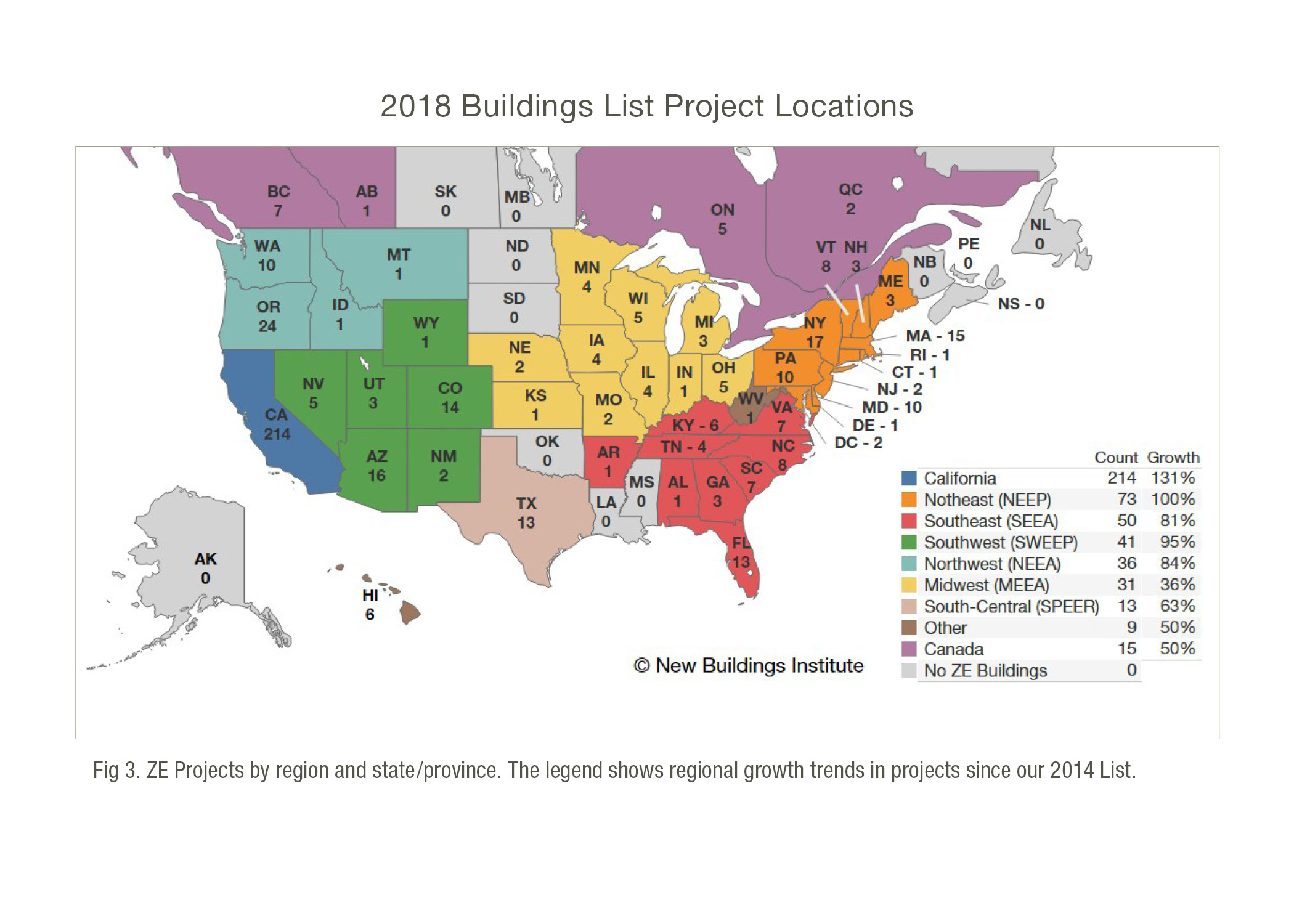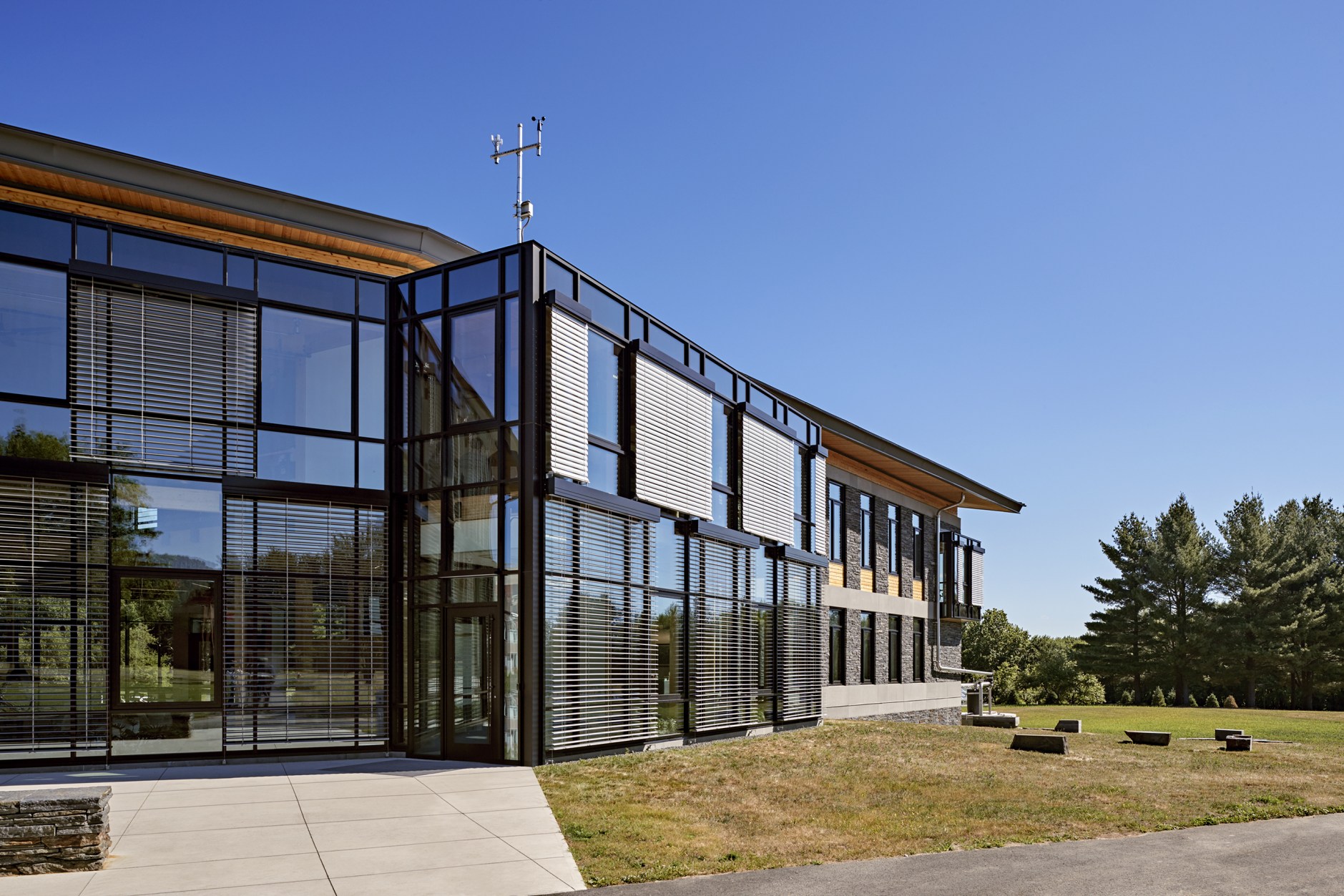This Zero Energy Building concept turned real in 2012 when New Buildings Institutes (NBI) published the first-ever list of verified zero energy buildings. These ultra-low energy buildings differentiated themselves from the other ones as they produced enough renewable energy to power themselves without the need for an external source. That list only contained 21 names of self-sustaining projects. However this meant Zero Energy was finally within reach. By promoting clean energy use and a reduction in carbon footprint, the Zero Energy movement gave hope against Global Warming.
Since that year, similar projects have blossomed with a 700% increase recorded by the NBI. This represents 45 million square feet of commercial building space between Canada and the United States, where most of the commercial projects have been built. So far, California is the front-runner in zero energy building activity with Oregon boasting the second largest count. Also, not only the nonprofit, the local and state governments seem to be concerned, indeed, there is a growing interest among the private sector representing half of all the zero energy facilities ever built.
 Zero Energy buildings are making their way as an alternative to the standard new constructions. The booming of Zero Energy buildings can be explained by 5 reasons:
Zero Energy buildings are making their way as an alternative to the standard new constructions. The booming of Zero Energy buildings can be explained by 5 reasons:
1.Architects, Engineers, Designers and Builders are proving its feasibility with later buildings. There are so far 16 different types of ZE buildings recorded including retails, offices, libraries, labs, healthcare facilities, schools and college buildings…
2.Recently, better and more affordable performing technologies helped achieve ZE. The cost of solar power is dropping while being more performant. Same thing goes for innovating technologies, highly efficient heat pumps, radiant cooling systems and techniques improving building envelopes, all that contributing to make ZE projects financially realistic.
3.The U.S. Department of Energy (DOE) got involved by requesting a clear definition of Zero Energy Buildings and setting clear guidelines. The goal of DOE was to recognize, incentive and promote ZE Buildings.
4.Policy makers are integrating Zero Energy in their local agenda. For instance, California launched its Zero Net Energy Action Plan wanting all new residential constructions to be Net Zero by 2020.
5.Major corporate owners are acknowledging ZE as a future trend. Even among the S&P 500 we can see a change with compagnies like Walgreens or more recently McDonald’s, investigating what it would take to create zero energy retail spaces and quick-serve restaurants.
For futher reading, find here the case study of a Zero Energy Building: the R.W. Kern Center in Massachusetts.
 Photo: Robert Benson Photography
Photo: Robert Benson Photography
Construction Progress
Together for a Brighter Future
